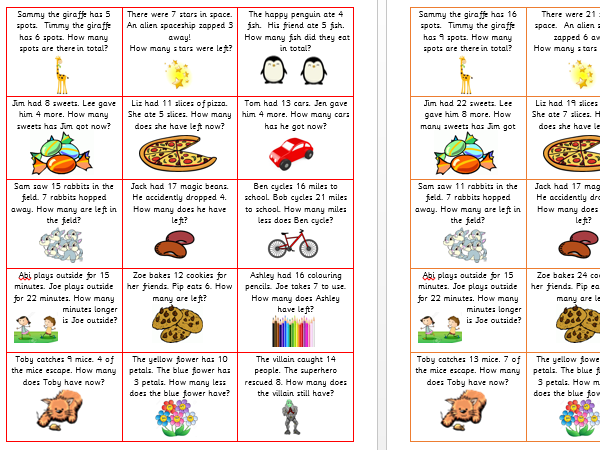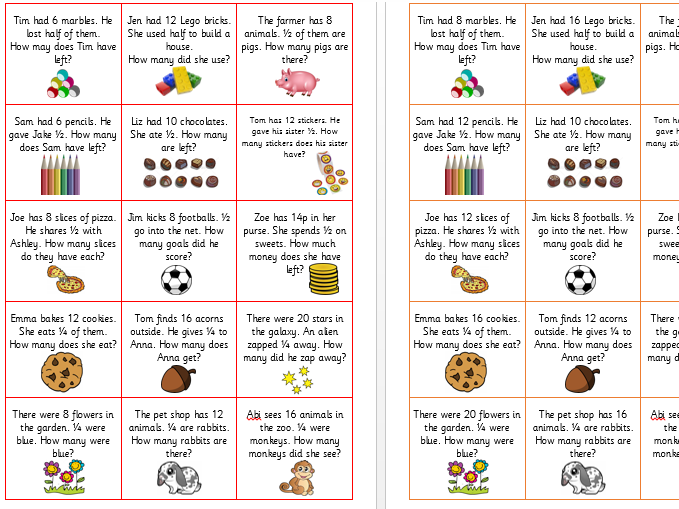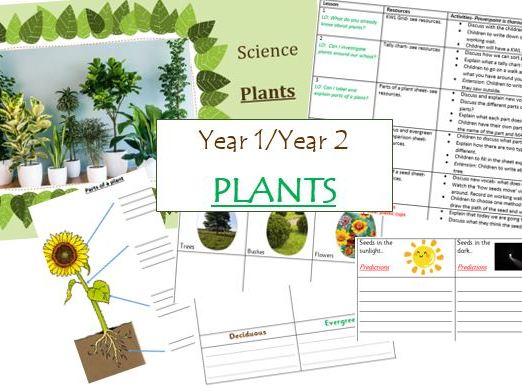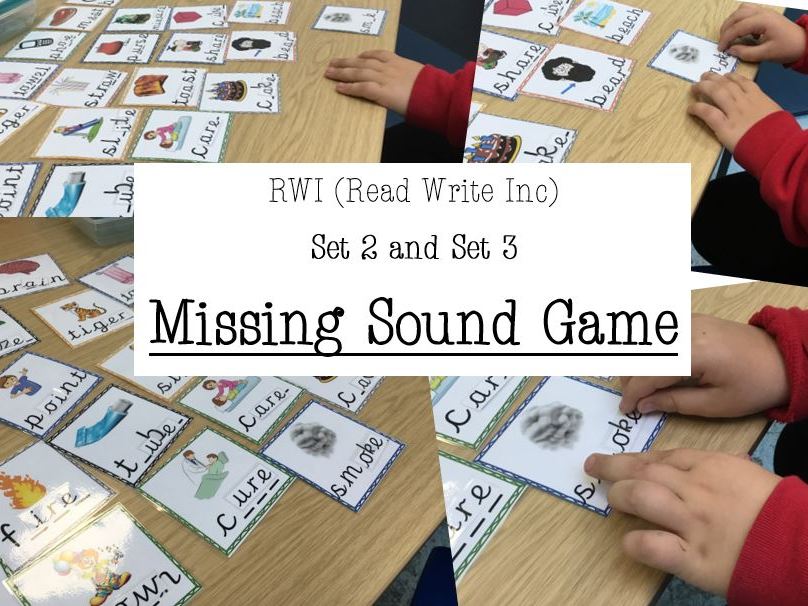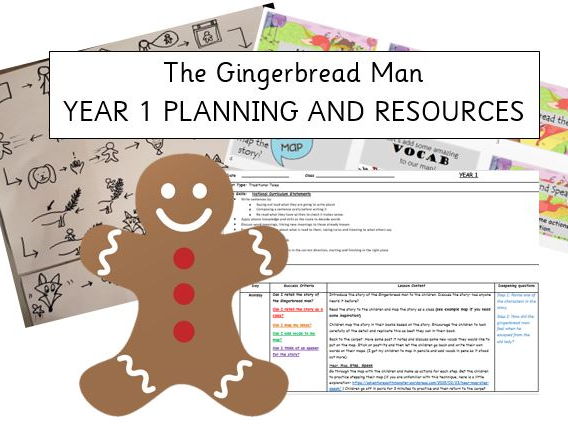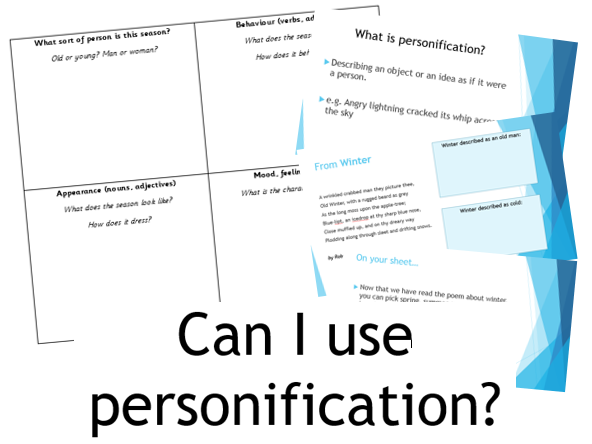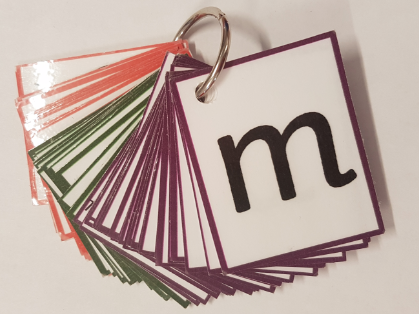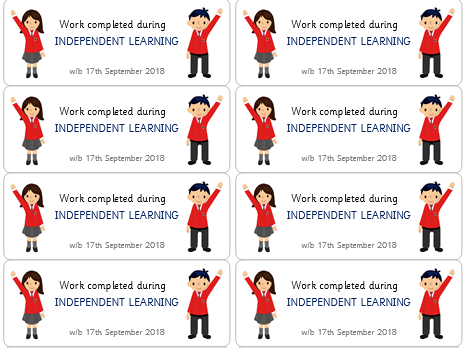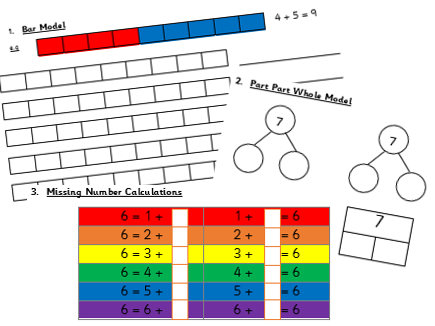25Uploads
227k+Views
132k+Downloads

Three Billy Goats Gruff- Talk For Writing Sequence- 3 WEEK UNIT PLANNING AND RESOURCES- YEAR 1
Planning and resources for the Three Billy Goats Gruff story. 3 week learning cycle but can be shortened or lengthened.
This is aimed at Year 1 but could be extended for higher year groups.
Planning and activities are EDITABLE to fit the needs of your class
Resources include:
Planning Sequence (Approximately 3 weeks but can be shortened or lengthened)
Model Text
Story Map
Big Write Template (Wanted Poster)
Magpie Words Activity
Ordering the Story- Picture Cards

Little Red Riding Hood- Talk for Writing- Full Unit with Resources
This is a complete Talk for Writing (T4W) unit pack to support the teaching of Little Red Riding Hood. This is aimed at Year 2 but could be edited for other year groups.
The pack includes:
Unit Overview
Unit Powerpoint
Model Text
Ready-made Story Maps
Working Wall Resources
Lesson Activities

The Papaya That Spoke- Full Unit with Resources
This is a complete Talk for Writing (T4W) unit pack to support the teaching of The Papaya that Spoke. This is aimed at Year 2/3 but could be edited for other year groups.
The pack includes:
Unit Overview
Unit Powerpoint
Model Text
Ready-made Story Maps
Working Wall Resources
Lesson Activities

OXFORD READING TREE LABELS- PINK TO DARK RED
These labels show the book level clearly allowing children to change their own reading books accurately.
I put these labels on CURVER BASKETS but they would work on any other baskets/storage etc.

Sound and Patterns in Poems- Rhyming Words and Syllables KS2
This lesson enables student to identify sound patterns in poems through rhyming words and syllables. The children can practice identifying these patterns in a range of poems (also attached in the files) to build their knowledge and understanding. Finally, the lesson finishes with them applying their understanding to their own poem about their pets.
I used this in my mixed Y5/6 class but it can be adapted to meet the needs and abilities in your class. The poems attached also range in length and complexity to stretch and support learners.

How the Tortoise got its Shell- Full T4W Unit with Resources- Year 2
This is a complete T4W unit pack to support the teaching of How the Tortoise got its Shell. This is aimed at Year 2 but could be edited for other year groups.
The pack includes:
Unit Overview
Unit Powerpoint
Model Text
Ready-made Story Maps
Working Wall Resources
Lesson Activities

Year 1/Year 2- PLANTS- Whole Science Unit Term- Planning, PowerPoint, Resources- 10 editable lessons
Year 1/Year 2 Science full unit of learning with resources.
10 lessons have been planned and resourced but can be edited to meet the needs of your class.
1
LO: What do you already know about plants?
2
LO: Can I investigate plants around our school?
3
LO: Can I label and explain parts of a plant?
4
LO: Can I explain the difference between evergreen and deciduous trees?
5
LO: Can I explain how seed dispersal happens?
6
LO: Can I investigate what seeds need to grow?
7
LO: Can I investigate if my predictions were correct?
8
LO: Can I explain what plants need to grow?
9
LO: Can I explain what parts of the plants we eat?
10
LO: Can I explain how we get our food?

Addition and Subtraction Word Problems- Year 1- DIFFERENTIATED
Addition and Subtraction word problems for Year 1/2. Differentiated into 4 abilities.
Children can cut and stick each question into their books and work it out underneath!
NC Guidance:
"They discuss and solve problems in familiar practical contexts, including using
quantities. Problems should include the terms: put together, add, altogether, total, take
away, distance between, difference between, more than and less than, so that pupils
develop the concept of addition and subtraction and are enabled to use these operations
flexibly"

Conjunctions Lesson - YEAR 1- PLANNING AND RESOURCES BUNDLE
Year 1 lesson on CONJUNCTIONS
Planning and resource bundle. Here is everything you need for an engaging lesson on conjunctions.
I printed the warm up activities (whole class and partner) on A3 to make it easier to see.
Enjoy!!

RWI Set 2 and Set 3- MISSING SOUND GAME- Read Write Inc- PHONICS
Read Write Inc- Set 2 and Set 3 missing sound game.
Bright, colourful cards.
Perfect revision for the phonics screening check!
Split digraph sounds can cut and laminated together with a gap in the middle.

Year 1- The Gingerbread Man- Storytelling Approach- IMITATE- WHOLE WEEK PLANNING WITH RESOURCES
WHOLE WEEK PLANNING! The GINGERBREAD MAN!
Based on the storytelling approach- this is the first week IMITATE.
Creative learning and NO WORKSHEETS!!
Even the resources are ready for you including a POWERPOINT and STORY MAP!
Hope you enjoy!

DOUBLING AND HALVING WORD PROBLEMS- Year 1
Doubling and halving word problems for KS1.
I let my class cut and stick in 1 question at a time and solve using objects/number lines etc.
Look much better in books than 1 worksheet!

FACT FAMILY TRIANGLES
Numbers 10 to 15.
This colourful worksheet can allow children to practice their number bonds and develop their understanding of FACT FAMILIES.
Children find the two addition and two subtraction calculations for each triangle and write it in the space underneath.

PERSONIFICATION- Create a Season Poem Lesson and Activity
POWERPOINT AND ACTIVITY SHEET INCLUDED
This lesson and activity allows children to develop their understanding of personification through a SEASON POEM. Children identify features of their chosen season and create a poem through the use of personification.
I used this with my Y5/6 class but it can be adapted to fit your needs.

PHONICS KEYCHAIN FLASHCARDS (Read Write Inc Aligned)
RWI Phonics key chain. Each flashcard is approx 2 inches tall, 1.5 inches wide.
I bought circle carabiner key chains to fasten them all together. Laminate and cut each set, hole punch and then attach to the carabiner!
Sent home with the children to practice their phonics at home.

Fractions Word Problems- Year 1- DIFFERENTIATED
Fraction word problems for Year 1/2. Differentiated into 4 abilities.
Children can cut and stick each question into their books and work it out underneath!

Talk for Writing- Non-Chronological Report Writing- FULL UNIT
This is a full Year 2 unit of work based on non-chronological reports following the Talk for Writing approach.
Highly engaging model text- The Snatchling will capture imaginations and inspire some excellent report writing!
An innovation text has also been provided so you can innovate as a whole class if you wish!
Fully planned and resourced ready for you!

TOLSBY FRAME LABELS (Classroom Stations and Group Numbers)
Tolsby Frame Labels
Print these twice (front and back) and put into your Tolsby frames!
I have these all around my classroom show the different stations and to show the children how many people can work at a certain activity.
I DO NOT own the fonts/images/borders.

Work Completed During INDEPENDENT LEARNING Stickers- EDITABLE- 14 per page
In our YEAR 1 class, we use these stickers in books to evidence their work completed during PROVISION. This can be both work completed and photos taken in the class.
EDITABLE DATE

NUMBER BONDS TO- 5, 6, 7, 8, 9 and 10- Pictorial and Abstract Representations
Develop mathematical fluency with these pictorial and abstract approaches to number bonds from 5-10.
First activity is a bar model representation where the children use 2 different coloured pencils to show different ways to make the focus number.
Second activity is a part part whole model which is represented in two different formats. This also allows children to be exposed to different representations based on the same idea.
Third activity is a missing number activity that puts their pictorial understanding into practice by allowing them to complete a selection of calculations. These calculations are set out in two different ways- the first way with the answer first and then the second way with the missing number in the middle. Again, enabling children to increase fluency and challenge themselves.

